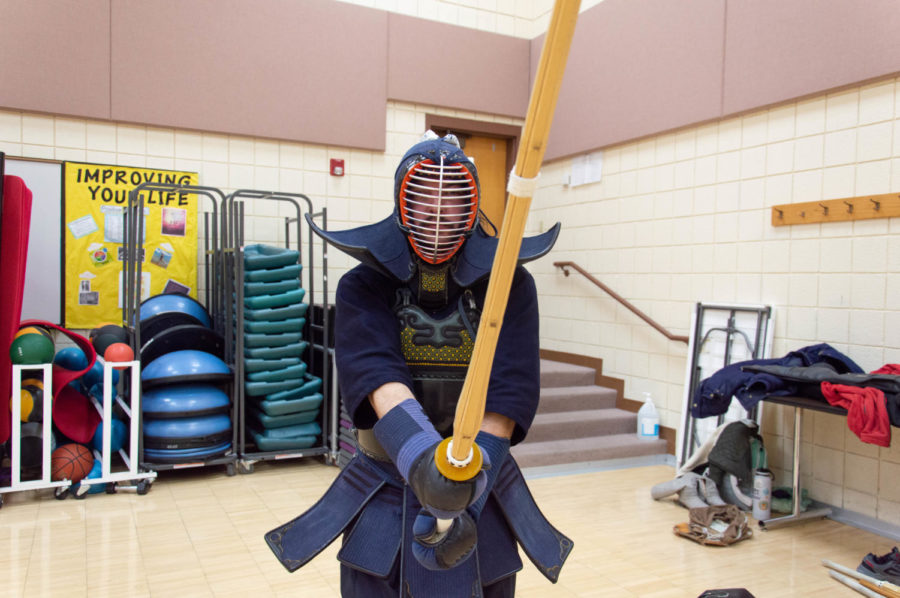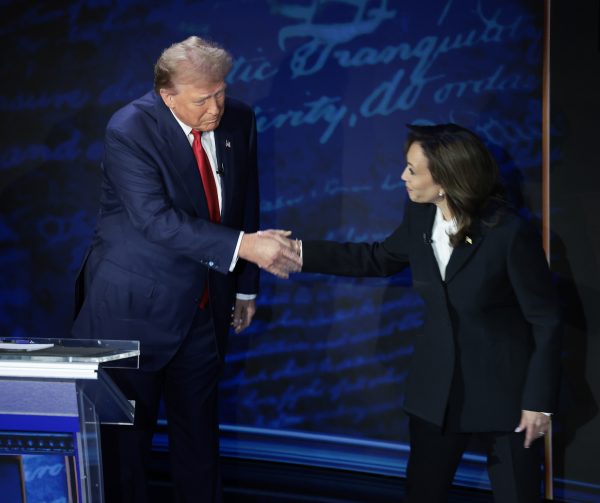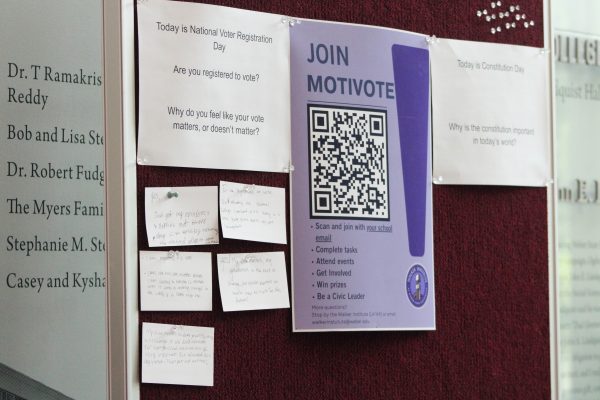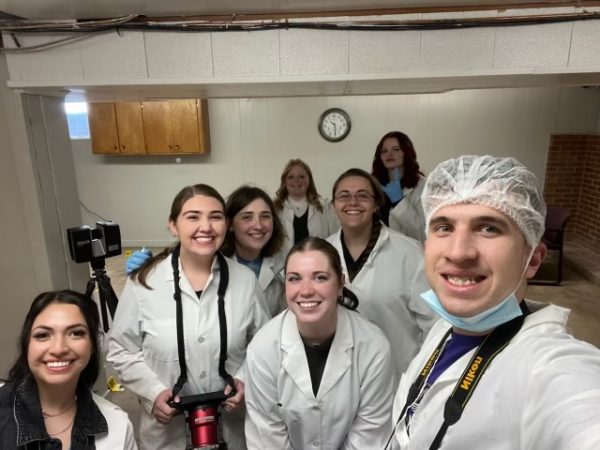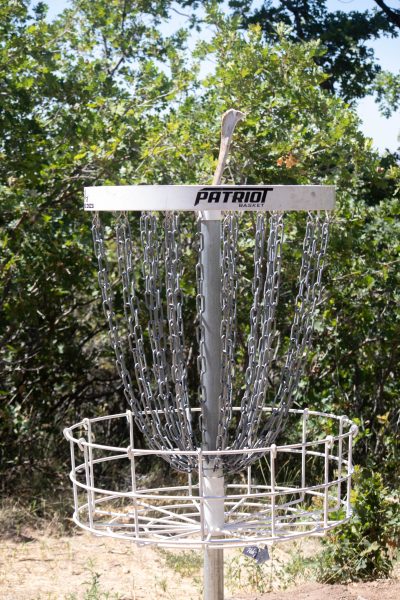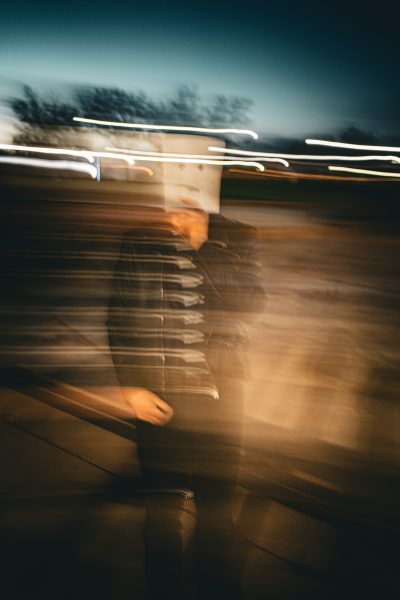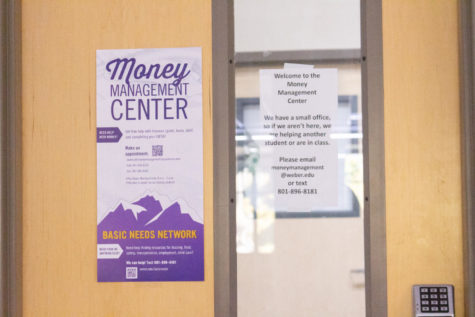Weber State’s kendo club comes back
After disbanding in 2013, Weber State University’s kendo club has returned to campus. Kendo is a Japanese martial art that involves striking opponents with bamboo swords while wearing protective armor. The two styles of kendo are the traditional style, Koryu Kendo, and the modern style, Gendai Kendo.
Gendai Kendo is the more widely practiced style of kendo. Originating during the Meiji era between 1868-1912, it focuses on the sport rather than the actual combat with a samurai sword. On the other hand, the Koryu style emphasizes technique and strategy.
David Diguangco, a first-degree black belt, is the instructor for the Weber State kendo club. The style, itto-ryu, was founded by Itto Itosai and is the form of kendo that is taught by Diguangco.
“The school is a very modern style in a sense of the study of the samurai sword and the samurai family,” Diguangco said.
Weber State’s first kendo club started in 1991. After all the members graduated in 2013, the club disbanded.
“Kendo is a lot of work, and it’s not easy to learn,” Diguangco said. “As in life, you get out what you put in.”
The practice portion of the kendo club’s meetings have two parts. The first part is iaido, or the practice with bamboo swords called shinais. This portion of the practice emphasizes the cutting techniques called kata. The second section of the practice is kendo, which is the actual combat in the kendo armor. This portion of the practice uses various techniques that are displayed in the kata.
In kendo, a point is scored by striking the opponent with the bamboo sword on specific target areas: the head, wrist or torso. A valid strike must be made with sufficient force, control and with the correct part of the shinai. In a standard kendo match, the first person to score 2 points wins the bout.
The traditional uniform for kendo is called the gi with an additional pair of coveralls called the hakama. A metal cage protects the face and the do, or breastplate, covers the chest and stomach. The tare protects the hips and upper thighs and the gloves, called kote, complete the kendo armor.
“Kendo has taught me a lot about discipline, and wanting to strive for improvement, perseverance and patience is a major factor while practicing kendo,” kendo club member Kolby Doxy said.
The Weber State kendo club meets at the Swenson Gym 119 at 6 p.m. on Thursdays.


